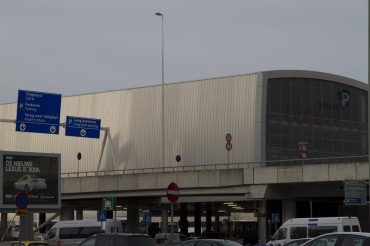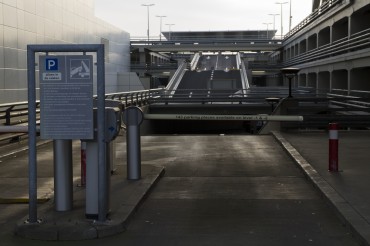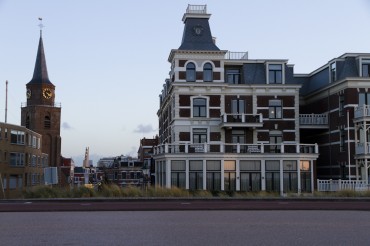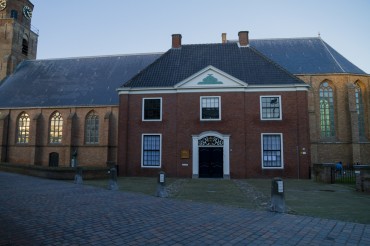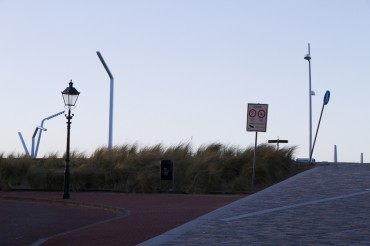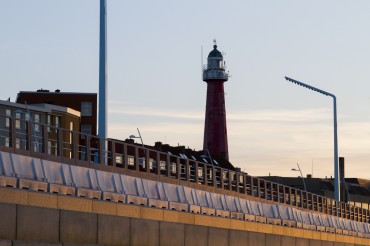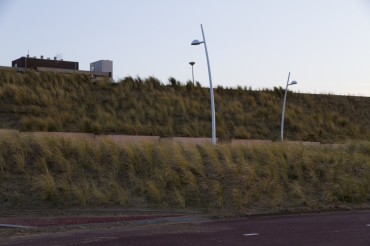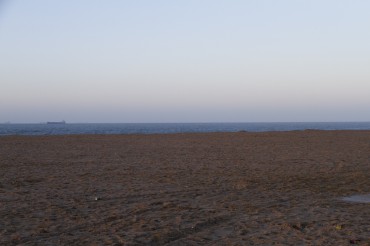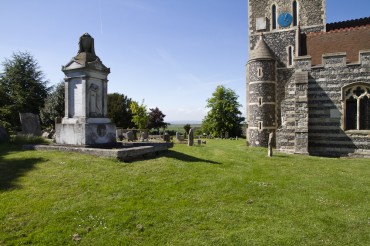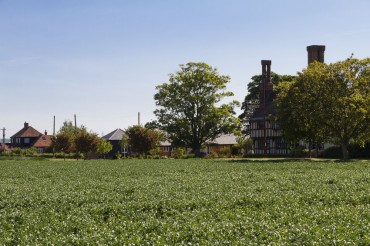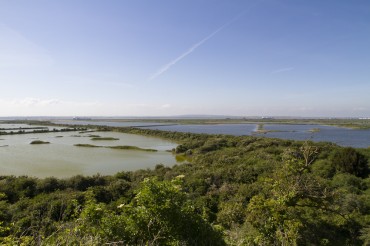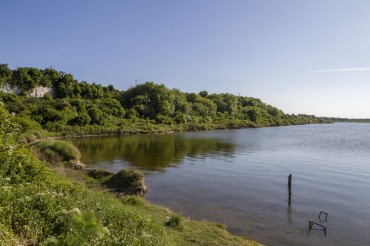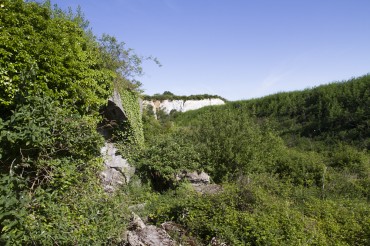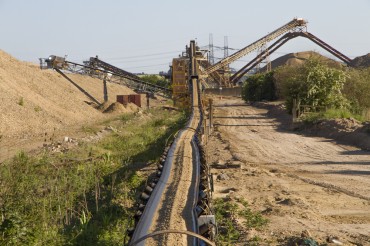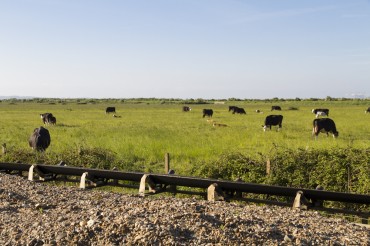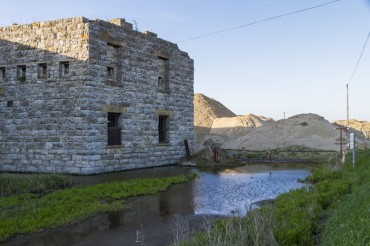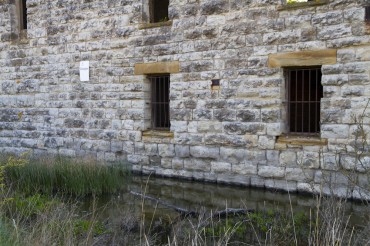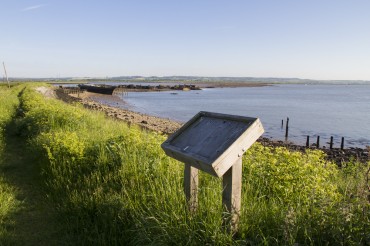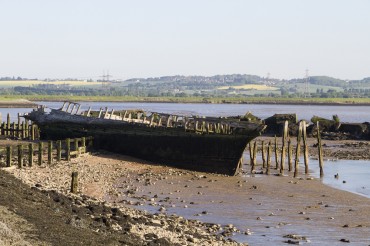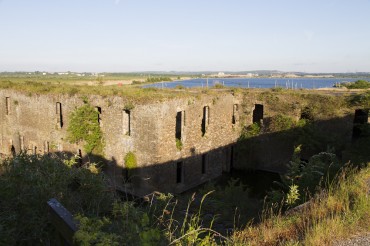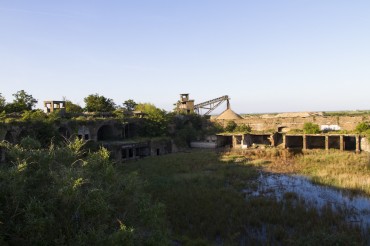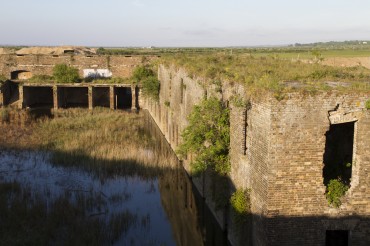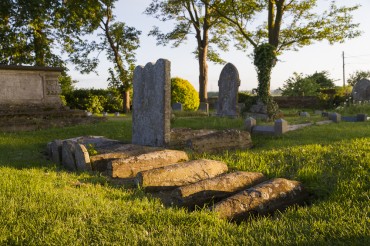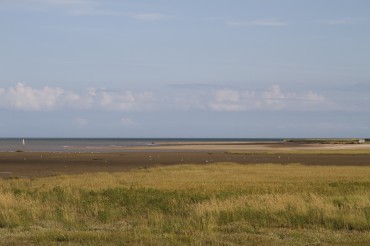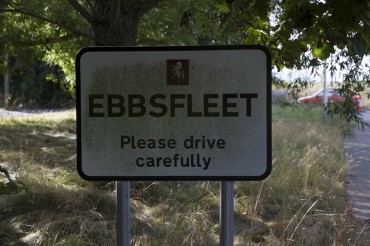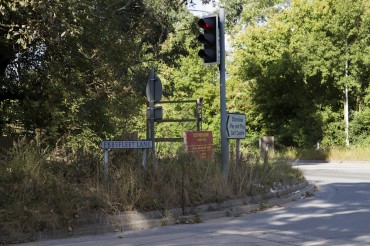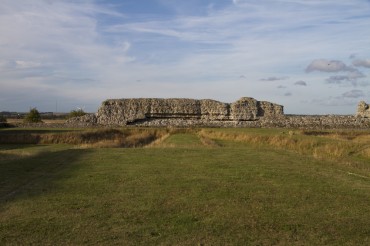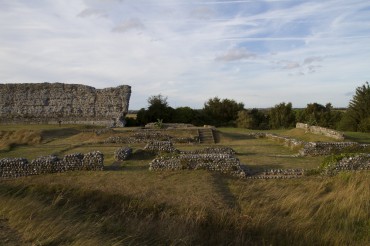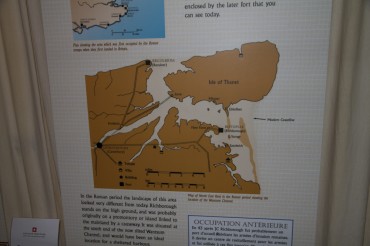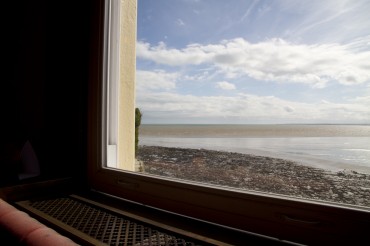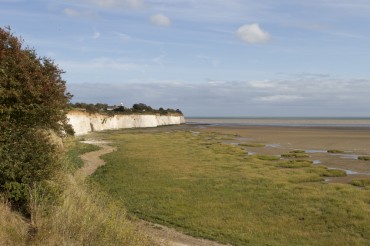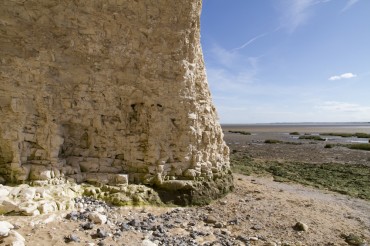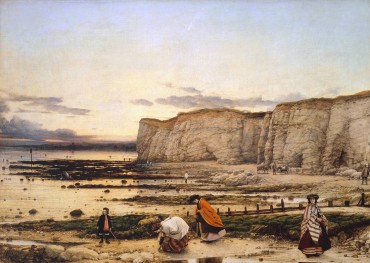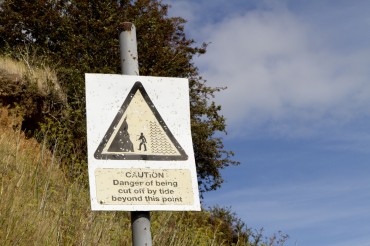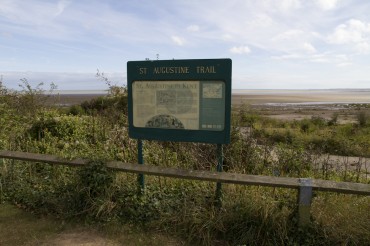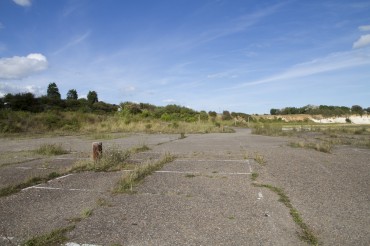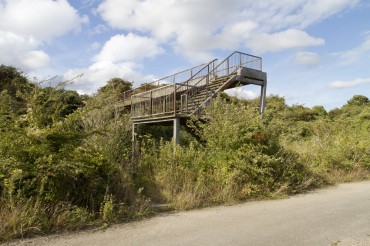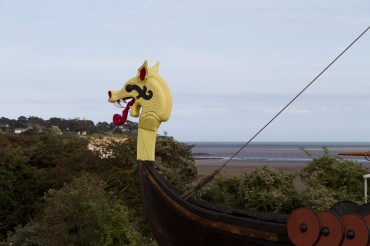After spending a number of months looking for long-term accommodation near the North Sea, we eventually found a place in East Frisia and were set to leave Berlin in mid December. The landlady, however, decided against our staying a few weeks before we were due to move, meaning we had suddenly to rethink our plans.
We arranged to take a short holiday near the Dutch coast, so we could at least celebrate the new year by the sea.
A removals company transported our things to a cheap storage unit in Brandenburg, and following Christmas in Thuringia, we spent a long but pleasant day driving across Germany to our short-let apartment in The Hague. The next morning we went to Schiphol airport where we met Alessandra.
As we drove there, I was reminded by the road signs that the airport is on the Haarlemmermeer polder, which had been reclaimed in the late 1840s.
On the morning of the first, we considered taking part in the New Year’s dive at nearby Scheveningen, where the locals mark the occasion by plunging themselves into the icy waters of the North Sea. But Alessandra asked for my assistance with some paperwork she urgently had to complete, and we were unable to make it to the beach until dusk in the late afternoon.
At the top of the Keizerstraat, I recognised the old church from paintings I knew by both Willem and his brother Adriaen van de Velde.
I was curious to see the new coastal reinforcements, upon which a new esplanade had been constructed. The fortifications had been strengthened against flooding with a taller dyke and a widened beach.
We walked for a while along the sea front so I could photograph the new boulevard. I had read that it followed the lines of the dunes that were once here.
As the light outside was diminishing, it was not long before I gave up on the photos. We went into a cafe in the shopping arcade, where we had a drink before heading back into the city.

